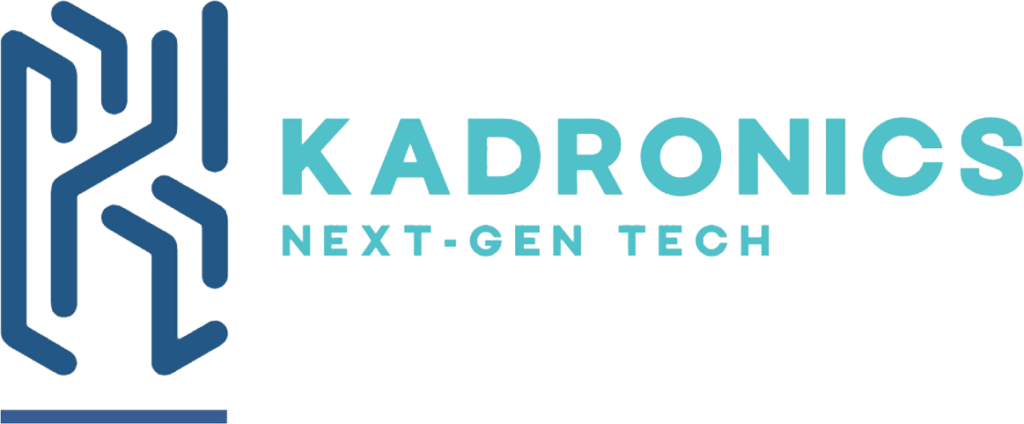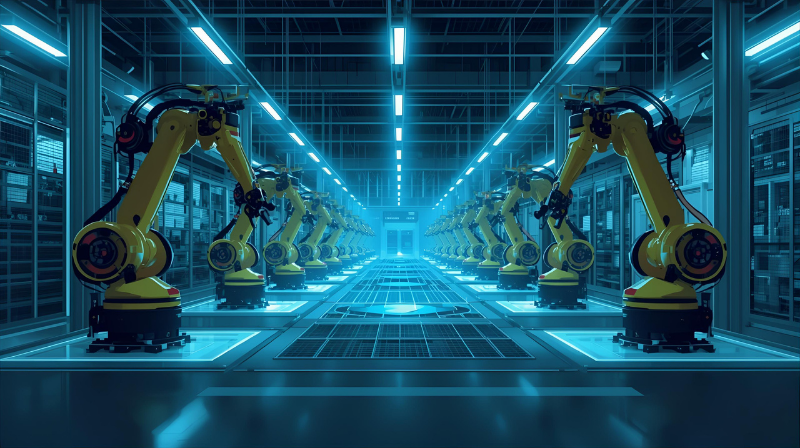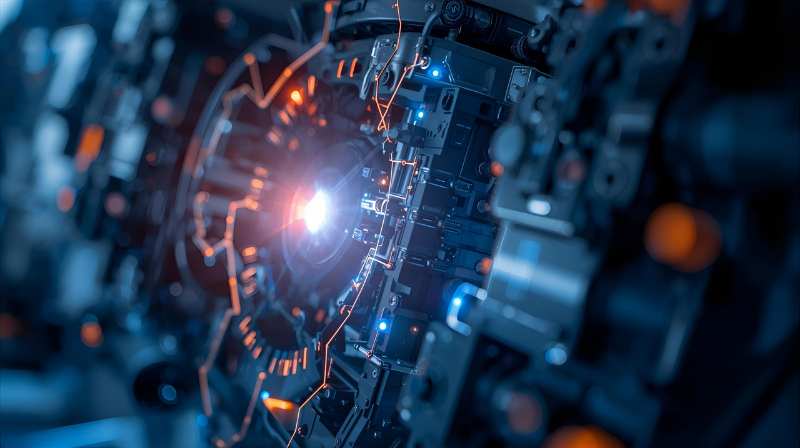A multi-million dollar industrial machine is a marvel of power and precision. It can perform tasks with superhuman speed and accuracy. But to a human operator, all that power is useless without a way to control it. That control point, that bridge between human and machine, is the HMI—the Human-Machine Interface. It is, quite literally, the face of the machine.
And just like a human face, it can be open, clear, and easy to read, or it can be confusing, cluttered, and intimidating. The difference lies in the quality of the HMI programming. This is not just about making buttons work; it’s a sophisticated discipline that blends user experience (UX) design with rugged industrial control. An intuitive HMI is a game-changer that directly impacts productivity, safety, and efficiency.
When Bad Interfaces Happen to Good Machines
Everyone has used a poorly designed interface. A confusing website, a microwave with a dozen cryptic buttons—they are frustrating. Now, imagine that frustration when the device you’re controlling is a 10-ton hydraulic press. A poorly designed HMI in an industrial setting is more than just annoying; it’s dangerous and expensive.
Common pitfalls of bad HMI design include:
- Information Overload: A screen crammed with dozens of numbers, acronyms, and flashing lights that overwhelm the operator and hide the most critical information.
- Inconsistent Design: Buttons that move, colors that have no consistent meaning, and a navigation structure that feels like a maze.
- No Clear Feedback: The operator presses a button, but the screen gives no clear indication that the command was received or that the machine is responding.
These issues lead directly to longer training times, slower operator response, and a higher probability of critical human errors.
The Principles of High-Performance HMI
Expert HMI programming is a user-centric service. It starts not with the machine, but with the human who will be using it. The goal is to create an interface that is so intuitive that an operator can understand the state of the machine at a glance and make the right decision, especially under pressure.
This approach is guided by principles very similar to those found in modern web and app design. As usability experts from groups like the Nielsen Norman Group have preached for decades, a good interface should be discoverable, efficient, and forgiving. In the industrial world, this translates to:
- Clarity Above All: Using clean layouts, simple graphics, and plain language. Critical information (like alarms or system status) should be big, bold, and instantly understandable.
- Contextual Information: The screen should only show the information and controls that are relevant to the operator’s current task. Less is almost always more.
- Actionable Alarms: An alarm shouldn’t just say “Fault 127.” A well-programmed HMI will provide a clear, plain-language description of the problem (“Pressure sensor in hydraulic line 3 reporting low value”) and, ideally, suggest the first steps for troubleshooting.
The HMI as a Value Multiplier
Investing in professional HMI programming is an investment in your people and your processes. A great HMI empowers your operators, giving them the confidence and the clear information they need to run your expensive automated products at peak efficiency. It reduces stress, minimizes errors, and cuts down on the time it takes to diagnose and fix problems.
A great HMI turns a complex piece of machinery into an approachable and powerful tool. It is a critical part of any modern automation solution, the friendly and intelligent face that ensures the human-machine partnership is a successful one.
Article Resume
Word count: ~890 Target Keywords: HMI programming, Human-Machine Interface, industrial UX design, SCADA HMI, intuitive interface, operator interface terminal, HMI software Meta Title (≤60 characters): Intuitive HMI Programming for Modern Machines Meta Description (≤160 characters): Discover why high-performance HMI programming is a game-changer for industrial automation, improving productivity, safety, and operator efficiency.




